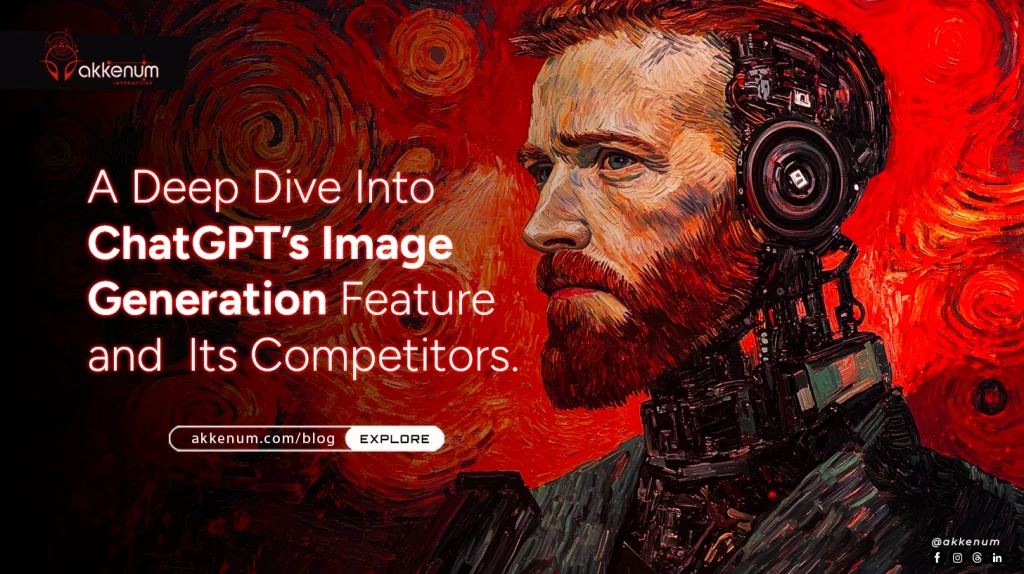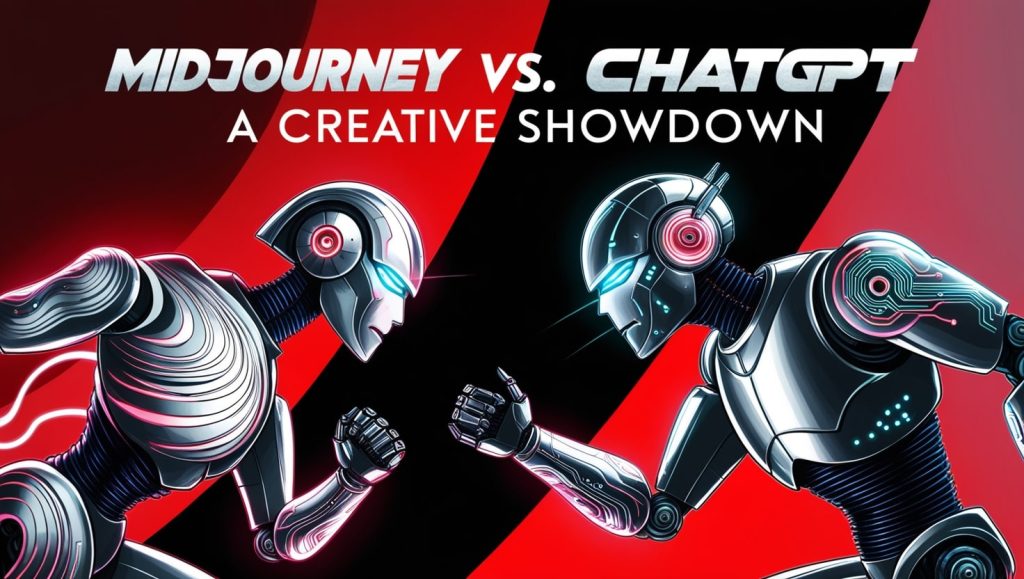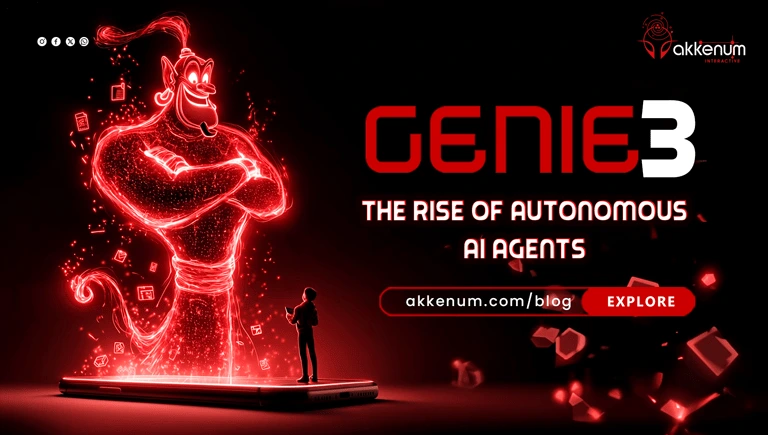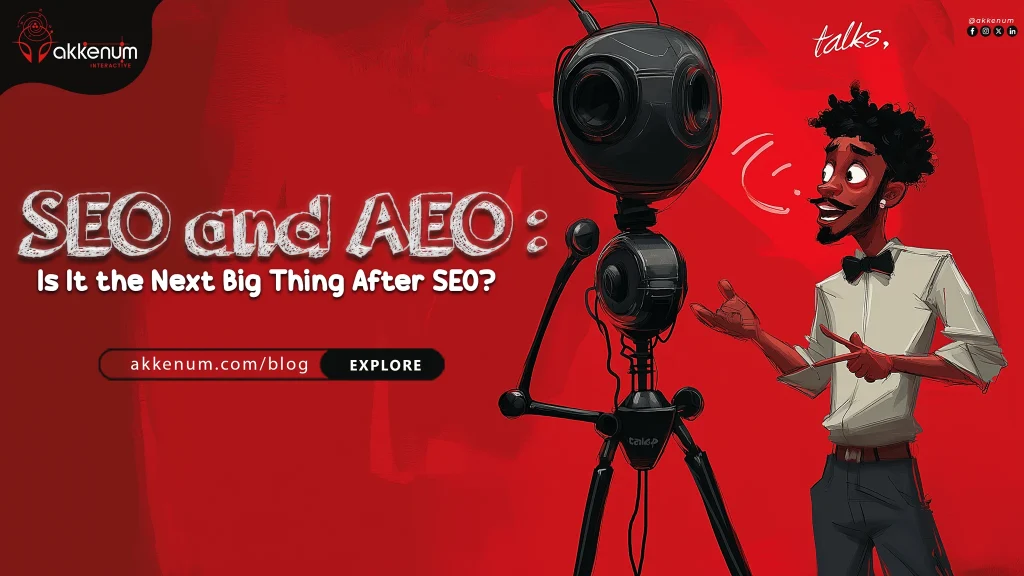
A Deep Dive Into ChatGPT’s Image Generation Feature and Its Competitors
In the evolving world of AI, image generation is rapidly becoming a cornerstone of creativity, productivity, and innovation. From storytelling to product design, the ability to generate visuals from mere text prompts is transforming industries. ChatGPT, powered by OpenAI, has recently introduced its own image generation feature, opening up new possibilities for users. But how does this feature stack up against other popular AI tools like MidJourney, DALL·E, and conversational AIs like Gemini and Aria? Let’s explore the landscape of AI-driven image generation.
1. ChatGPT’s Image Generation Feature: A New Frontier in AI
ChatGPT’s recent integration with image generation tools brings a new dimension to its already extensive set of capabilities. Powered by DALL·E, this feature allows users to describe what they want visually, and ChatGPT responds by creating images directly from text prompts. Whether it’s an abstract idea, a realistic scene, or even something whimsical, this functionality is versatile and easy to use.

What makes it stand out?
- Seamless Integration with Conversations: ChatGPT allows users to describe their ideas through dialogue, making the creative process more intuitive and iterative. Users can modify and refine their images in real-time, thanks to this interactive approach.
- Wide Range of Applications: The feature isn’t just about creating art. Users can generate diagrams, product mockups, concept art, and more, catering to both creative and practical needs.
- Real-Time Feedback: You can modify generated images on the fly, allowing you to instantly tweak outputs based on your requirements.
In essence, ChatGPT’s image generation feature is an all-in-one creative tool, designed for those who need to combine conversational AI with visual outputs, bridging the gap between text and imagery.
2. Other Image Generation AIs: A Thriving Ecosystem
While ChatGPT’s image generation feature is impressive, it’s not alone in the world of AI-powered image creation. Several other tools have been at the forefront of this revolution, each offering unique advantages.
- DALL·E (OpenAI): As the backbone of ChatGPT’s image generation, DALL·E has carved out its own space in AI art. It excels in generating diverse and creative visuals from simple prompts, from highly realistic to fantastical.
- MidJourney: A favorite among artists and designers, MidJourney is known for its focus on generating visually stunning and often surreal images. It’s highly popular for its ability to craft detailed, artistic visuals, making it an excellent tool for those looking for creative inspiration.
- Stable Diffusion: This open-source AI tool has gained traction due to its ability to produce photorealistic images. Users can modify the model, making it highly customizable and popular among researchers and developers.
- Artbreeder: A more collaborative AI tool, Artbreeder allows users to blend and modify images, making it a creative playground for character design, portrait art, and more.
Each tool has its niche, from photorealism to abstract art, providing users with a variety of options based on their specific needs.
3. MidJourney vs. ChatGPT Image Generation: A Creative Showdown
When comparing MidJourney to ChatGPT’s image generation feature, the differences boil down to the target audience and use cases.
- Artistic Quality: MidJourney has a clear edge when it comes to producing highly stylized, visually rich, and artistic images. It’s a platform beloved by artists and designers who are looking for striking visuals with a surreal or imaginative flair.
- Versatility: ChatGPT’s strength lies in its versatility. While MidJourney focuses on artistic expression, ChatGPT can generate images for a broad range of practical uses—diagrams, infographics, and even business prototypes. It’s also integrated into a conversational system, meaning users can simultaneously work on text and visuals without needing separate tools.
- Customization: MidJourney offers deep customization for users who know exactly what artistic style they want, while ChatGPT allows for more general, flexible use, especially for those who may not be as familiar with specific artistic terminologies.
Ultimately, if you’re a designer looking for pure artistic brilliance, MidJourney might be your tool of choice. But for users who need a combination of text and visuals in one place—especially for professional, educational, or multifunctional purposes—ChatGPT’s integrated approach offers more versatility.

4. Other Conversational AIs vs. ChatGPT’s Image Generation: Who’s Leading?
With AI assistants like Gemini (Google’s DeepMind) and Aria (Opera’s AI), the competition is heating up in the conversational AI space, but how do they stack up in terms of image generation?
- Gemini (Google): As Google’s next-gen conversational AI, Gemini is set to incorporate multimodal capabilities, meaning it will be able to both generate and understand images. Bard, Gemini’s predecessor, has already integrated with Adobe Firefly, allowing users to create images directly within its chat interface. Gemini is expected to expand on this functionality, making it a strong competitor to ChatGPT in the image generation space.
- Aria (Opera): While Aria doesn’t natively generate images, it’s powered by OpenAI’s technology, which means it can potentially use DALL·E for image generation. However, its primary focus remains on browsing assistance and search tasks, making it less of a direct competitor in the creative space.
- Bard (Google AI): With its integration of Adobe Firefly, Bard already offers impressive image generation capabilities, enabling users to create visually rich outputs right within its interface. This places it on a similar footing to ChatGPT’s DALL·E-powered feature.
When compared, ChatGPT’s image generation capability holds its own due to its seamless integration with conversation and versatility across various use cases. However, Google’s Gemini and Bard are notable competitors, especially with their ties to Adobe’s creative suite, offering highly artistic outputs for users who prioritize that.
Conclusion: The Future of AI-Driven Image Creation
The rise of image generation in AI platforms like ChatGPT is opening new doors for creativity, productivity, and visual communication. Whether you need artistic masterpieces, product mockups, educational diagrams, or creative storytelling tools, there’s an AI platform for you.
ChatGPT’s integration with DALL·E makes it a versatile tool for generating practical and creative visuals, all while interacting with an AI that can assist with everything from writing and programming to content creation. MidJourney shines in artistic endeavors, while Bard and Gemini bring powerful, multimodal capabilities to the table.
In the ever-evolving world of AI, the ability to generate images from text is becoming more than just a creative novelty—it’s a vital tool for business, education, design, and beyond. And while each tool has its strengths, the key is choosing the right one for your unique needs. Whether you’re seeking the rich artistic visuals of MidJourney or the versatility of ChatGPT, the future of AI-powered image generation is bright and full of possibilities.
–Shenugayana–



